The pioneer of the first wave of cooperative movement in Harfusa cooperative, Yega Sheffield Co-operative Society.
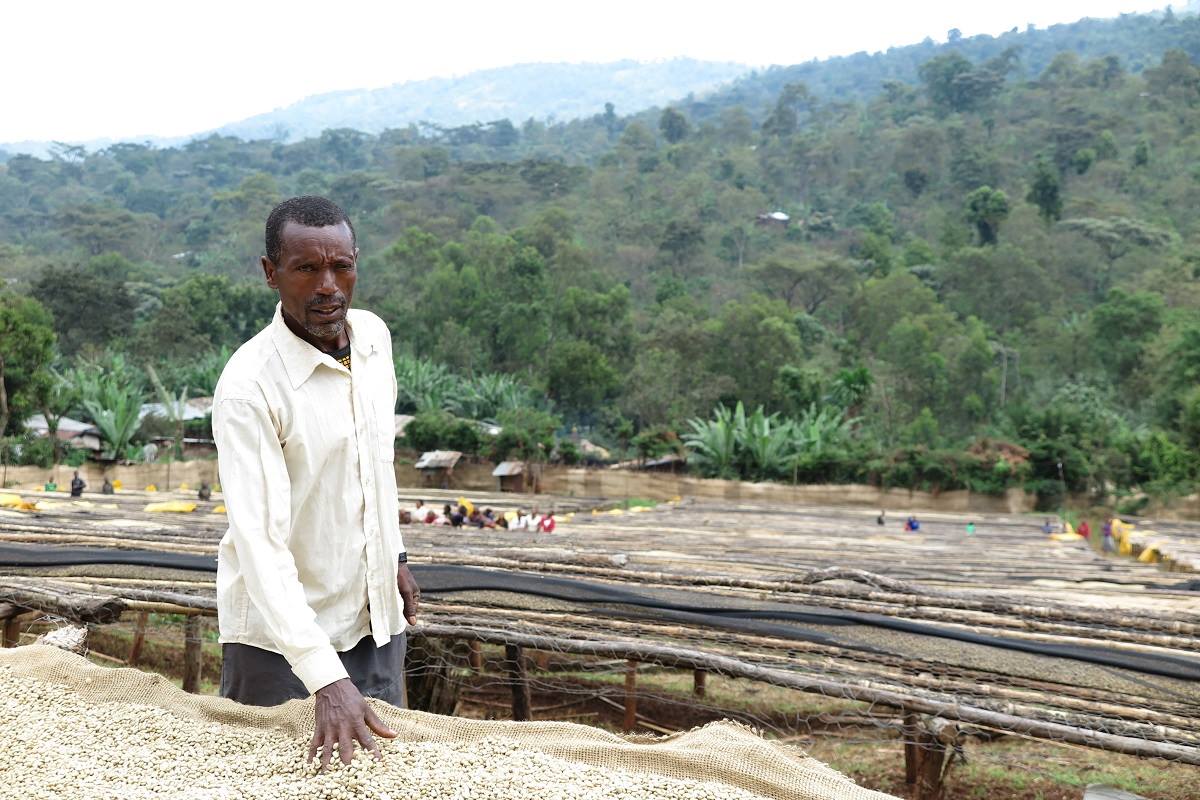
For professional baristas, please follow the coffee workshop (Wechat official account cafe_style)
The Hofsa Cooperative (Hafursa Co-op) is located in the Yegashafi producing area in southern Ethiopia, with a total of 843 registered farmers and a harvest area of about 1330 hectares at an altitude of 1750m to 2300m. Hafursa is originally the name of a village in the town of Yejashafi. In fact, she is close to the west side of the downtown area of the town. Most of the farmers in the community grow on the hillside to the west of the village. The elevation and slope direction of this area are excellent, and this is also the basic condition for the cooperative to produce quality coffee.
Founded in 1975, the Hofsa Cooperative (Harfusa cooperative) was at the vanguard of the first wave of cooperative movement in Ethiopia and joined the Yejia Sheffield small Farmers Cooperative Union (YCFCU, Yirgacheffe Coffee Farmers Cooperatives Union) in 2013, achieving both "organic" and "fair trade" certification. They work with local small farmers in Yega Xuefei to use shade planting techniques and interspersed with crops such as bananas; in addition, they use organic fertilizers to grow
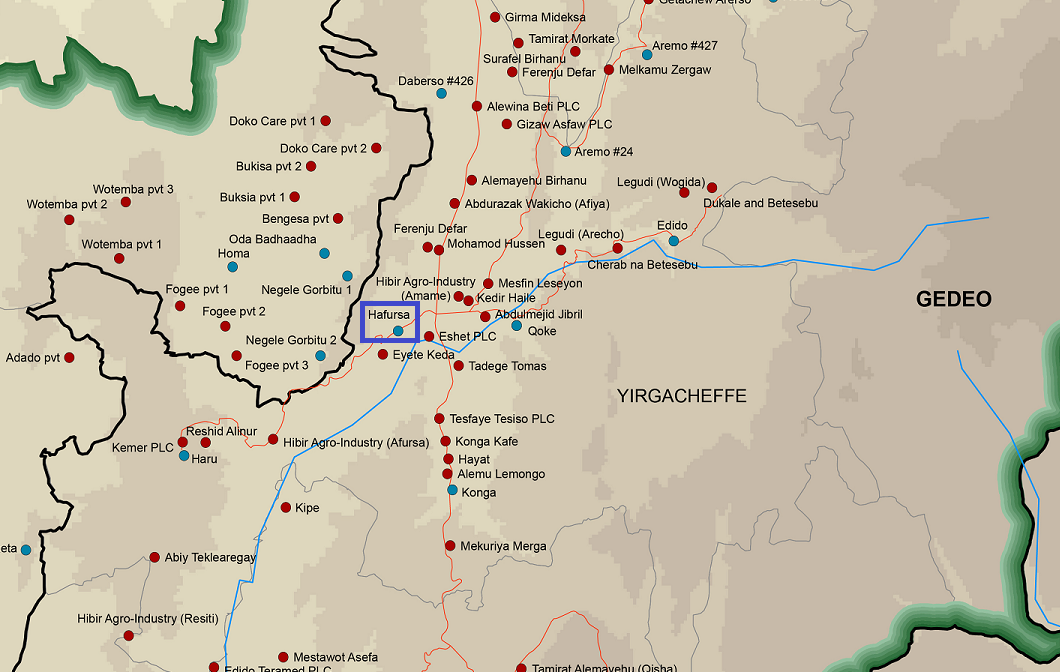
And through ecological control to control diseases and insect pests, not only to protect the natural ecological environment, but also to achieve high quality coffee beans. In 2015, the Hofsa Cooperative received a high score of 95 for Coffee Review coffee evaluation.
'light and elegant floral washing Yega, suitable for coffee lovers with sour flowers and fruits'- the flowers are pleasant, with lemon peel and Earl Grey Tea smell, smooth and delicate taste and honey sweetness in the end.
▲ production Information
Country: Ethiopia / Ethiopia
Producing area: Yega Xuefei / Yirgacheffe
Producer: Hofsa Cooperative / Hafursa Co-opp
Altitude: 1750-2300 m
Variety: Heirloom treatment method:
Treatment: full washing / Full Washed
Baking degree: medium and shallow baking
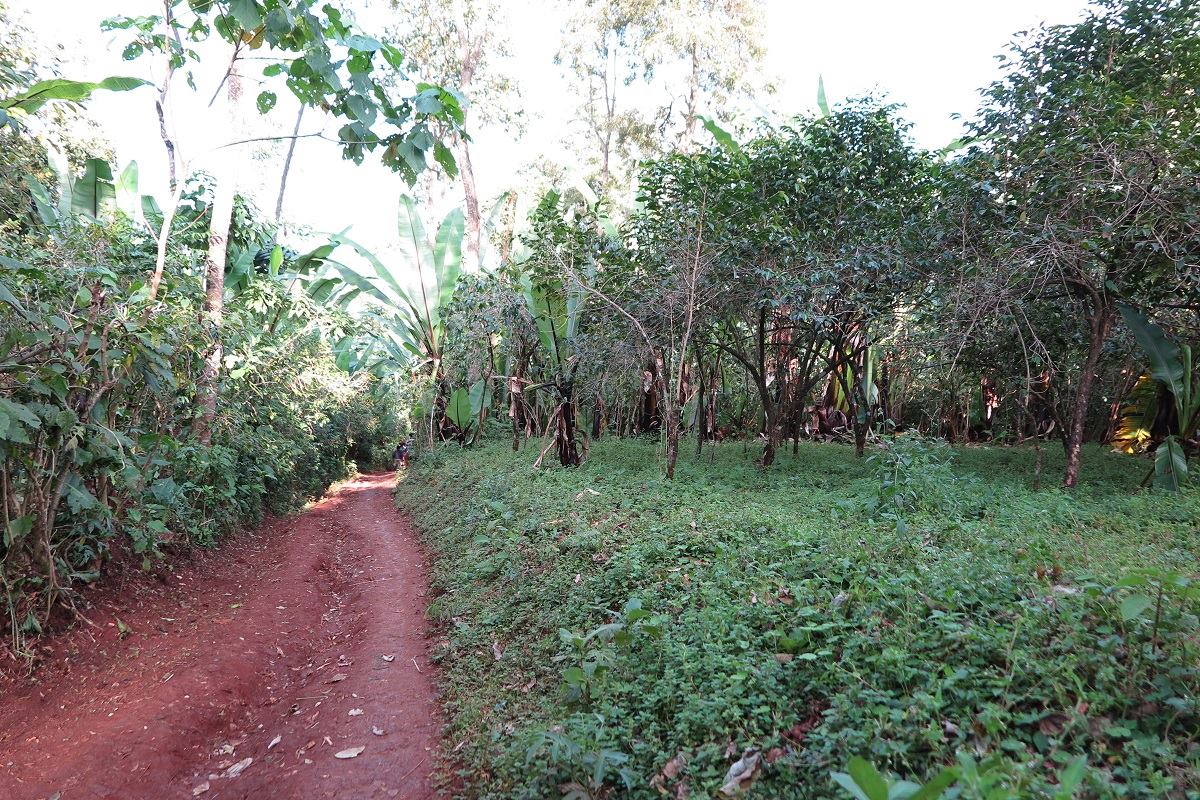
▲ 2017 new season of washing Yega, fresh to Hong Kong. Each bag is 30kg, packed in linen bags.
The ▲ sack is marked on the front, "From Cherry To Cup with Passion" is the Slogan of our raw bean trading partner Linking Coffee, and the following indicates that this batch is a washed batch, from the Hafursa cooperative, belonging to the G1 grade.
▲ linen bag also has a thick layer of moisturizing plastic bag to prevent raw beans from moisture or excessive dehydration during transportation. The high-quality water washes Yejia Xuefei, the color is green, and you can smell the freshness of the season.
Most of the small farmers in ▲ Yejasuefei area are garden-grown, most of them are in the backyard, except coffee trees and other cash crops, and the planting area is generally 1-3 hectares. In this way, outside the coffee season, there can be other harvests to balance the income of farmers.
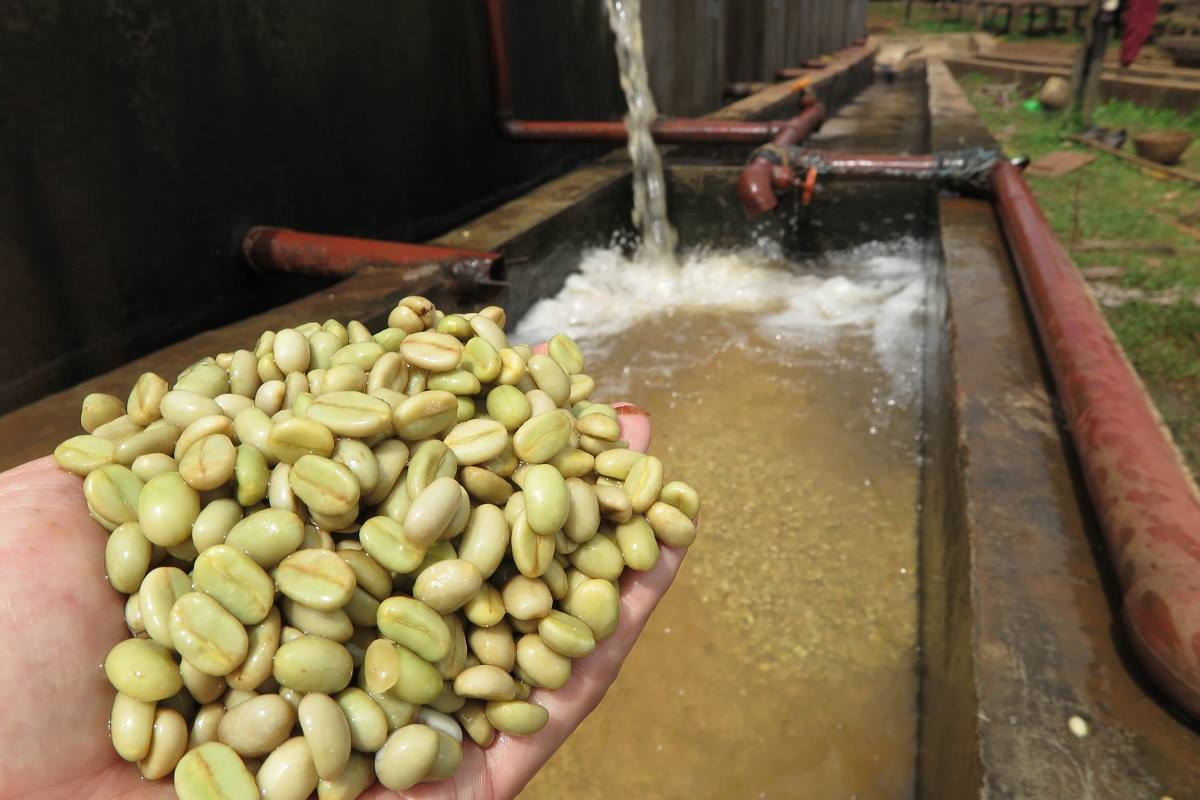
▲ Hofsa Cooperative was founded as early as 1975 and can be said to be the vanguard of the first wave of cooperative movement in Ethiopia. It joined the Yegashafi Cooperative Union (YCFYU) in 2002 and has passed Organic Certification (IFOAM) and Fair Trade Certification (Fairtrade International) under the guidance of the Alliance in recent years.
▲ washing is the most traditional method in fine coffee. Coffee cherries are soaked in the sink for 24 hours, then fermented fully, then washed by water to remove pectin from the surface, and finally the raw beans with pods are obtained.
▲ coffee beans with pods are placed on an elevated net bed, dried in the sun, and the final appearance is beige.
▲ dried pods are placed in a cool warehouse after about 3 months of ripening before shelling and bagging.
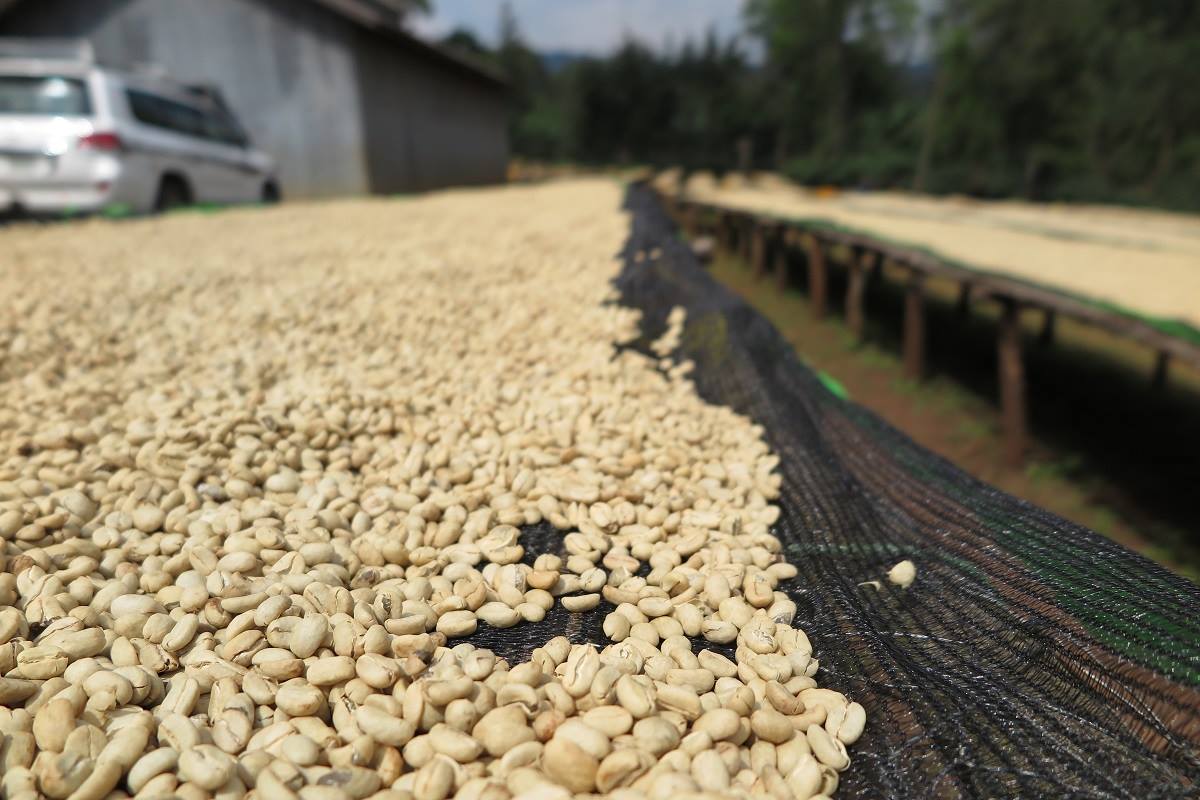
Important Notice :
前街咖啡 FrontStreet Coffee has moved to new addredd:
FrontStreet Coffee Address: 315,Donghua East Road,GuangZhou
Tel:020 38364473
- Prev
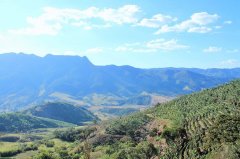
Brief introduction of Fazenda Alta Vista in Gaojing Manor, Brazil innovative Flavor treatment, Flavor Honey treatment of Yellow bourbon
Professional baristas please follow the coffee workshop (official Wechat account cafe_style) Fazenda Alta Vista, located in the town of Cristina in the Carmo region of southern Brazil, where Robson Vilela bought 84 hectares of land in 2001 to start his coffee business. The first time I participated in the COE competition in 2007, I won the seventh place.
- Next
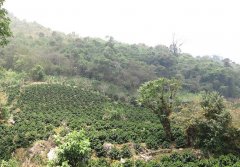
Introduction to Finca Salaca of Salaka Manor and Monte Brisas Micromill of Breeze treatment Plant
For the exchange of professional baristas, please pay attention to Coffee Workshop (Wechat cafe_style). There are seven coffee producing areas in Costa Rica, of which Tarazu, the Central Valley and the Western Valley are the three best-known and best-quality producing areas. The Salaca manor, the producer of this raw coffee bean, is located in the western valley. On the other hand, the local treatment technology is stable, one by one.
Related
- Detailed explanation of Jadeite planting Land in Panamanian Jadeite Manor introduction to the grading system of Jadeite competitive bidding, Red bid, Green bid and Rose Summer
- Story of Coffee planting in Brenka region of Costa Rica Stonehenge Manor anaerobic heavy honey treatment of flavor mouth
- What's on the barrel of Blue Mountain Coffee beans?
- Can American coffee also pull flowers? How to use hot American style to pull out a good-looking pattern?
- Can you make a cold extract with coffee beans? What is the right proportion for cold-extracted coffee formula?
- Indonesian PWN Gold Mandrine Coffee Origin Features Flavor How to Chong? Mandolin coffee is American.
- A brief introduction to the flavor characteristics of Brazilian yellow bourbon coffee beans
- What is the effect of different water quality on the flavor of cold-extracted coffee? What kind of water is best for brewing coffee?
- Why do you think of Rose Summer whenever you mention Panamanian coffee?
- Introduction to the characteristics of authentic blue mountain coffee bean producing areas? What is the CIB Coffee Authority in Jamaica?

